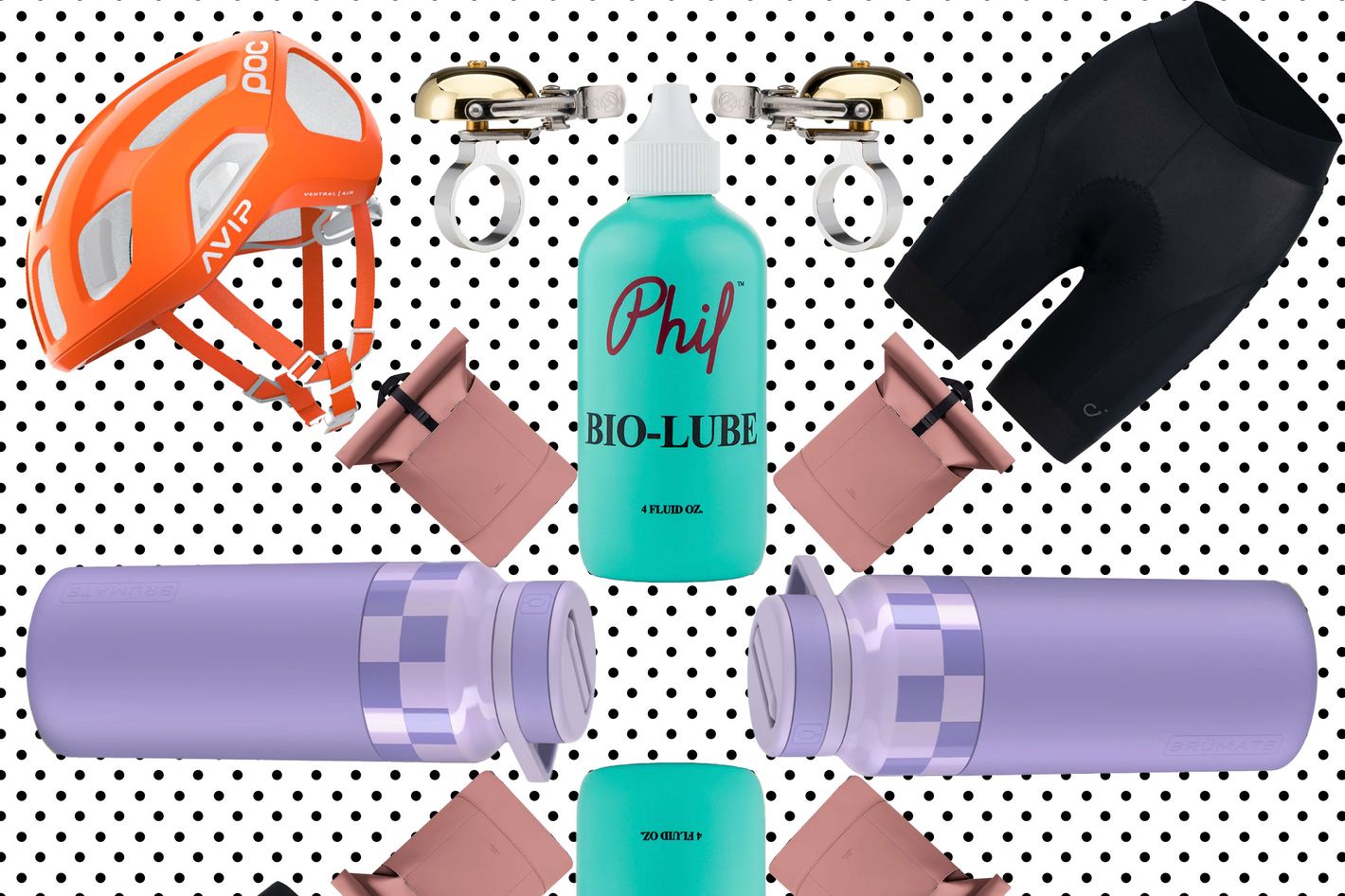
For more of the Cut’s favorite fashion, beauty, and home finds, sign up for the weekly Cut Shop Newsletter.
I plan to stay off the subway this summer.
Don’t get me wrong — I love the subway; I really do. In most seasons, you will find me waiting a full 20 minutes for the J train from Manhattan after midnight with minimal complaints, or balancing a book in my hand while holding onto the pole on a crowded A train. But I don’t think I can tolerate another three months of muggy platforms and cold plastic seats sticking to my bare thighs. This summer, I’m becoming a bike girl.
To clarify, I’ve technically been a bike girl since late 2020. Unfortunately, once I had it, I discovered I was terrified of riding it. When I tried taking mine for a spin around Brooklyn, I found myself seized with a paralyzing fear. I rode extremely slowly, stopping at every red light until it turned green — and very badly, regularly swerving or stopping suddenly because I was scared of being hit by cars that were in no danger of hitting me.
Last year, I had a breakthrough. I started riding my bike more frequently. All that time on the streets finally gave me the confidence to get out on the road more regularly. All winter, I’ve been craving the feeling of pedals under my feet and the challenge of climbing a hill, followed by the swift pleasure of cruising down it.
Ultimately, I still consider myself a beginner cyclist; it was only this year that I learned you’re supposed to pump your tires every two weeks. So to truly have a successful bike-girl summer, I spoke to some experts to find out what I’ll need to bring along with me.
So, what do you need for your bike girl summer?
➼ For all rides
➼ For city rides
➼ For longer rides
➼ For keeping at-home
➼ For further education
➼ Sweaty girl supplies
➼ Our experts
For all rides
A lock
If you live in a city of any size, you probably need to lock your bike. Ideally, you want to secure both wheels as well as the frame, and there are extremely heavy chain locks that can be used for this. Because of their weight, though, chain locks aren’t always practical, and city commuters who are extra concerned about security often use this method, combining a super-secure U-lock with a lighter cable to secure both wheels. At a minimum, you should be using a U-lock and locking your front wheel and your frame with it.
While Kryptonite locks are by far the most popular brand you’ll see on the streets (I personally have this one), Lydia Moore, longtime cyclist, community organizer, and manager of Bike Plant, actually prefers an Abus lock. “I have one of their locks that I got 15 years ago, and it still works.” She recommends the Granit Plus 640 for its sturdiness, strength, and light weight.
Most locks come with some sort of mount that you can install on your frame for easy storage while you ride. But if, like me, you do not feel confident in your ability to install it properly, you can use a Huldit, a super-light and easy-to-install bike-lock holder that Moore’s shop sells.
Water bottle
Water is essential. “Being able to take care of your body goes along with being an everyday commuter or an athlete of any sort. I think a lot of cyclists who are commuters don’t see themselves as athletes, so they don’t think about their nutritional needs in the same way, ” says Moore. She recommends always having a snack on hand for the same reason.
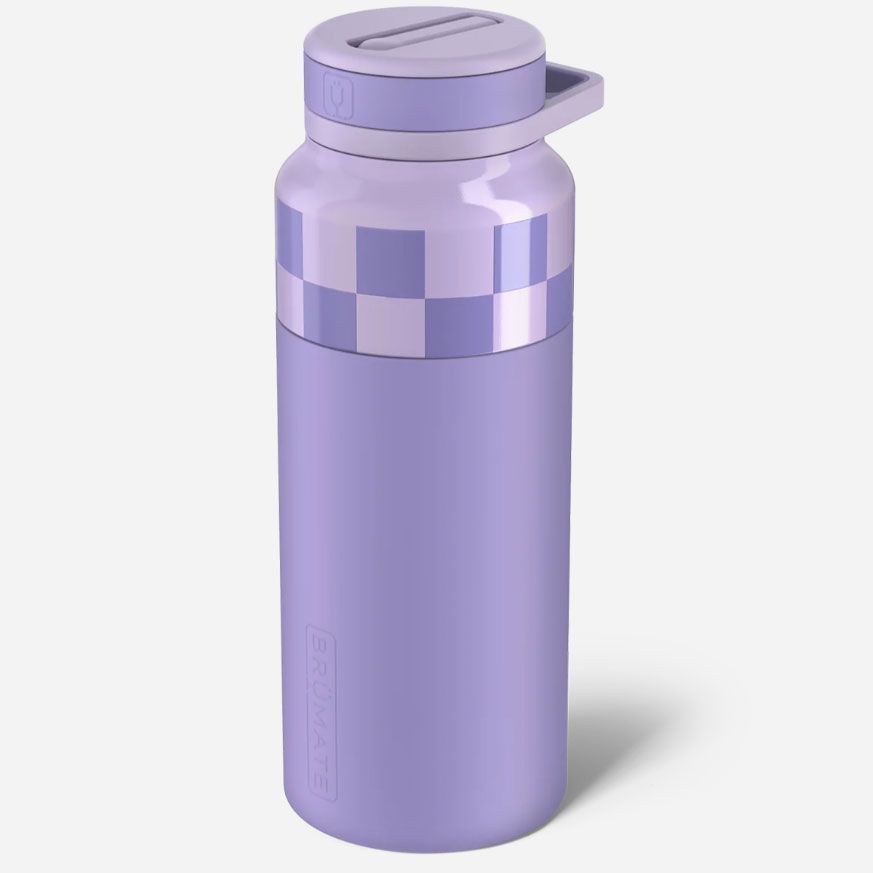
Rotera 35oz
The Brumate bottle is great for its ease of sipping; it includes a straw, so you can drink from it without having to tilt your head and take your eyes off the road. You should also have at least one water-bottle cage on your bike (some bikers install two) so that you can easily reach down and grab your water.
$52.99 at BrüMate
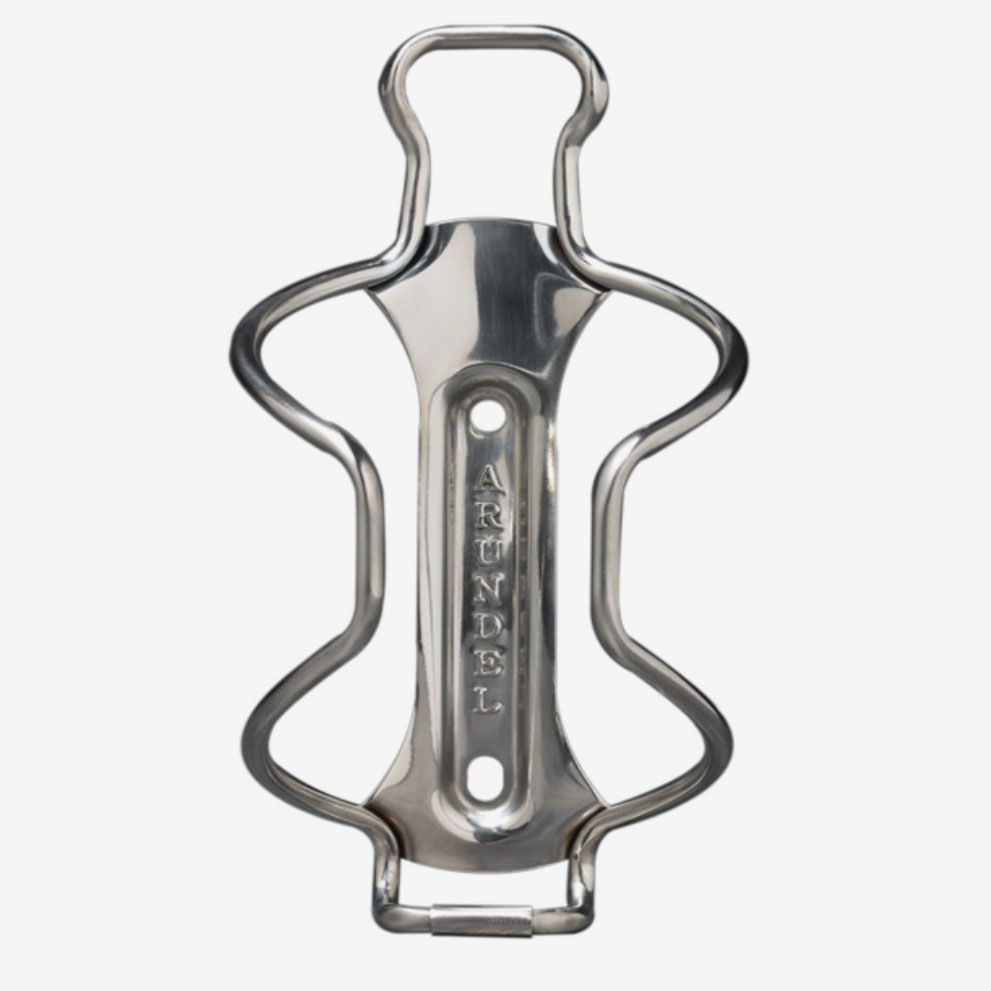
Stainless Steel Water Bottle Cage
At Bike Plant, where Moore works, sells cages made by Arundel, a company that specializes in secure water-bottle cages. It offers a range, from pricy high-tech ones to simpler plastic ones. I personally like this stainless-steel model for its simplicity.
A helmet
“On our rides, we insist that everybody has a helmet,” says Kate Gibbons, founder of Girls Bike NYC . You should also make sure it’s MIPS certified, which is the highest safety standard available.” The helmet is supposed to take the impact and shatter, and that way your skull doesn’t shatter,” says Moore. “But the issue that people were noticing is that even though people would be saved from having, say, a shattered skull, they would still have some traumatic brain injury. They designed this cage inside the helmet that absorbs and spreads the impact.” And especially in warmer weather, says Angela Azzolino, founder and executive director of Get Women Cyclin, you should be thinking about ventilation. Don’t be like me and buy a clunky helmet with full coverage and no airflow.
“My recommendation is always going to be whatever is the lightest, whatever fits the most comfortably, whatever you will actually wear,” Moore says.
Azzolino always recommends going to your local bike shop for helmet shopping. “If the bike shop has a helmet, it’s going to be certified; it’s going to be the standard,” says Azzolino. “There’s no helmet in a bike shop that you have to worry about with regard to safety.”
Personally, something that has stopped me from riding in the past has been not wanting to carry my helmet around — I was even looking into non-MIPS-certified collapsible helmets. But Moore solved that problem for me. She said that she always just locks her helmet to her bike, sliding the lock through the gap in one of the straps. “What, someone’s gonna cut the helmet to steal it? Well, then it’s not usable,” she says. “I’ll try to clip it in a way that’s away from the ground because dogs pee on everything.”
Lights
Lights are also incredibly important for safety; if cars can see you, they’re much less likely to hit you. Plus, on most cities, you must legally have a front and back light on your bike.
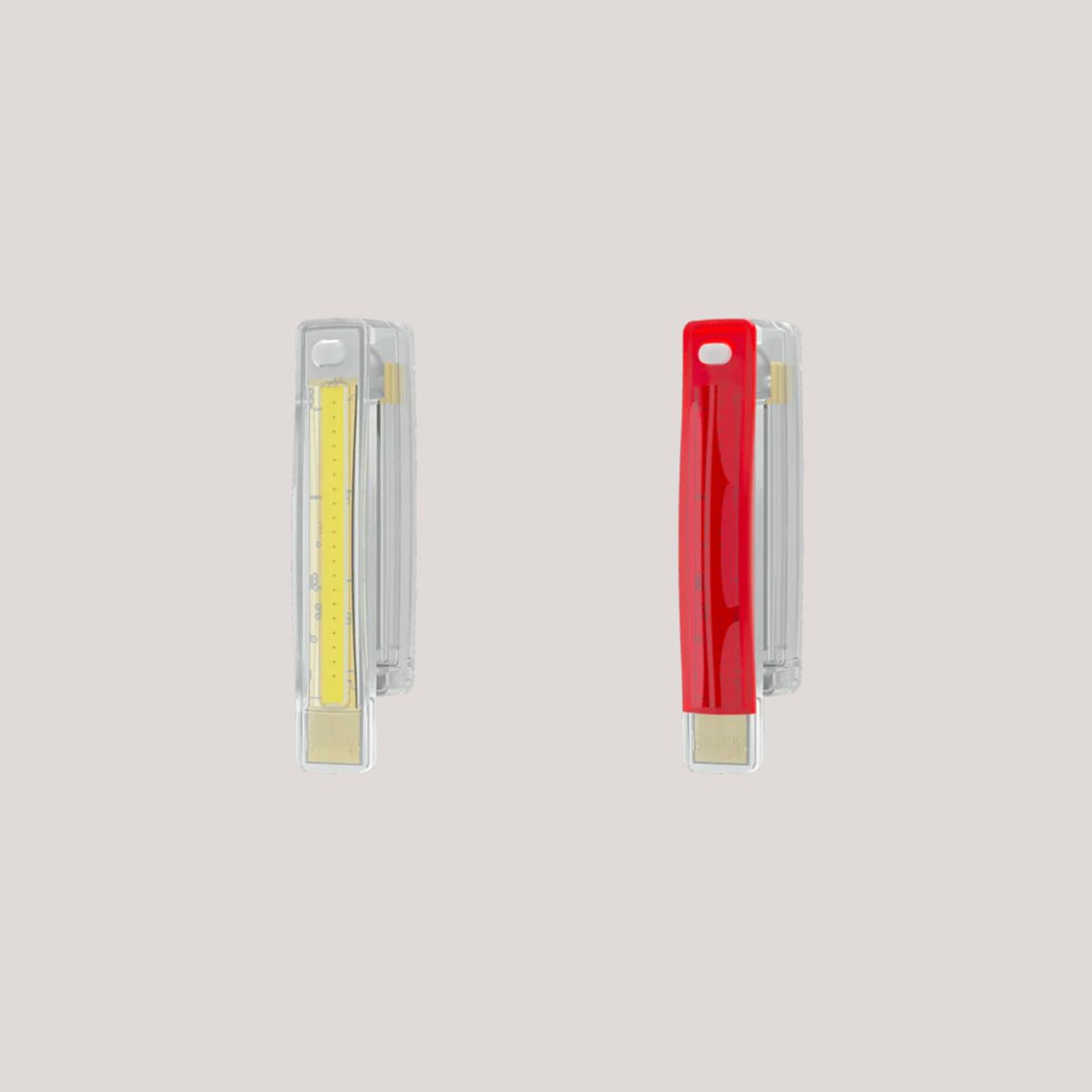
Plus Free Twinpack
I’ve been using these magnetic clip-on lights because they’re extremely portable and easy to get on and off the bike.
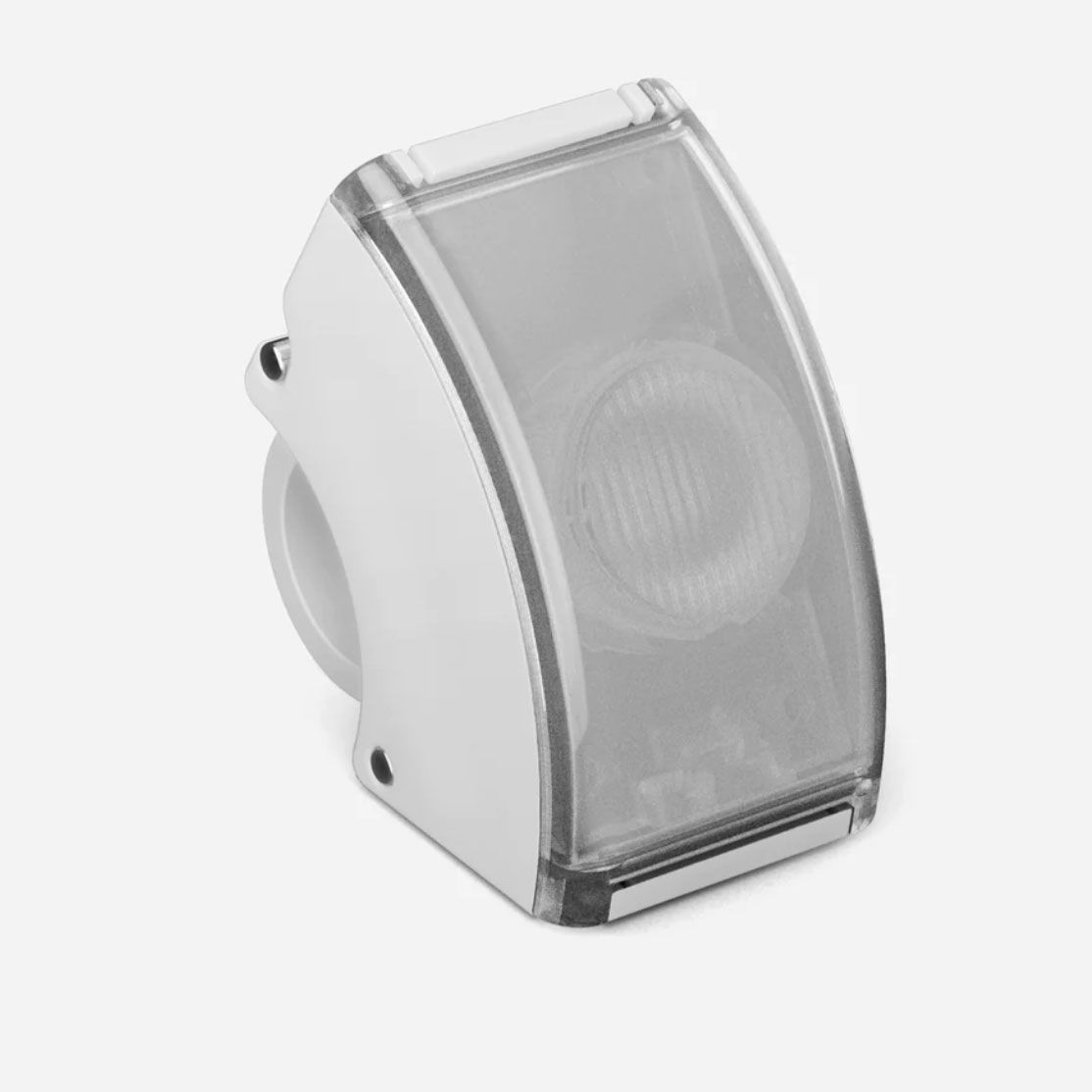
Curve Light Set
But because I often find myself on streets that aren’t well lit at night, I recently invested in a pricier and more powerful front light, like this one from Bookman. It takes a little extra time to get on and off, but it has made night riding so much easier.
$52.5 at Bookman
A Bell
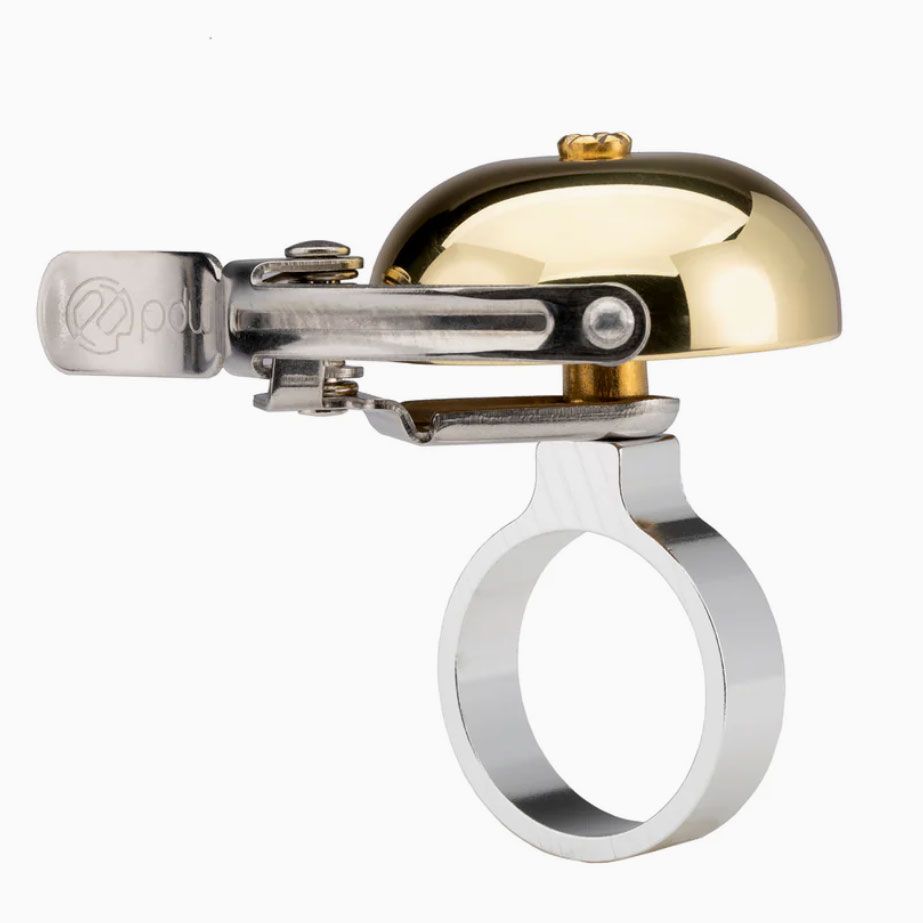
Alexander Graham Bell
Technically, in NYC, you also legally have to have something audible, like a bell. Many cyclists don’t, and Moore says you’ll usually only be ticketed for not having a bell if you’re already being pulled over and ticketed for some other reason. But she says having one has undeniably made her own life easier. “I used to not have a bell, and I would just yell at people,” she says. “I wasn’t meaning to. I was just out of breath. But everybody’s going to receive it as yelling, so then people are more hostile. Having a bell eliminates a lot of confusion.”
A repair kit
The last thing you want is to be stranded on the side of the road with a flat tire and no supplies with which to fix it. Even if you don’t personally know how to use repair tools, having them on hand is still useful, says Moore. When it comes to portable pumps, there are two main kinds: a hand pump and an inflator made to be used with a small CO2 cartridge. Cartridges aren’t the most ecofriendly, so Moore generally recommends a hand pump.
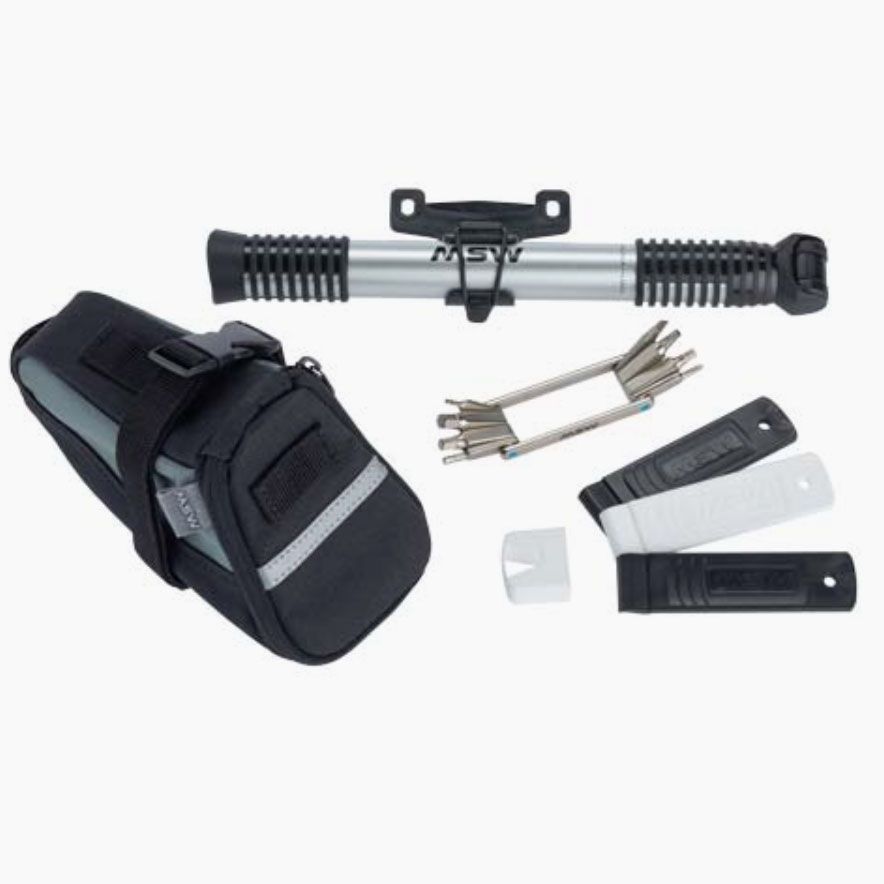
Ride and Repair Kit with Seatbag and Airlift Mini Pump
She recommends always having a spare tube that fits your tire. A repair kit can also include patches, some kind of portable air pump, and tire levers. If you want to really be prepared, you can carry a multitool kit and a small wrench.
$54.99 at Incycle Bicycles
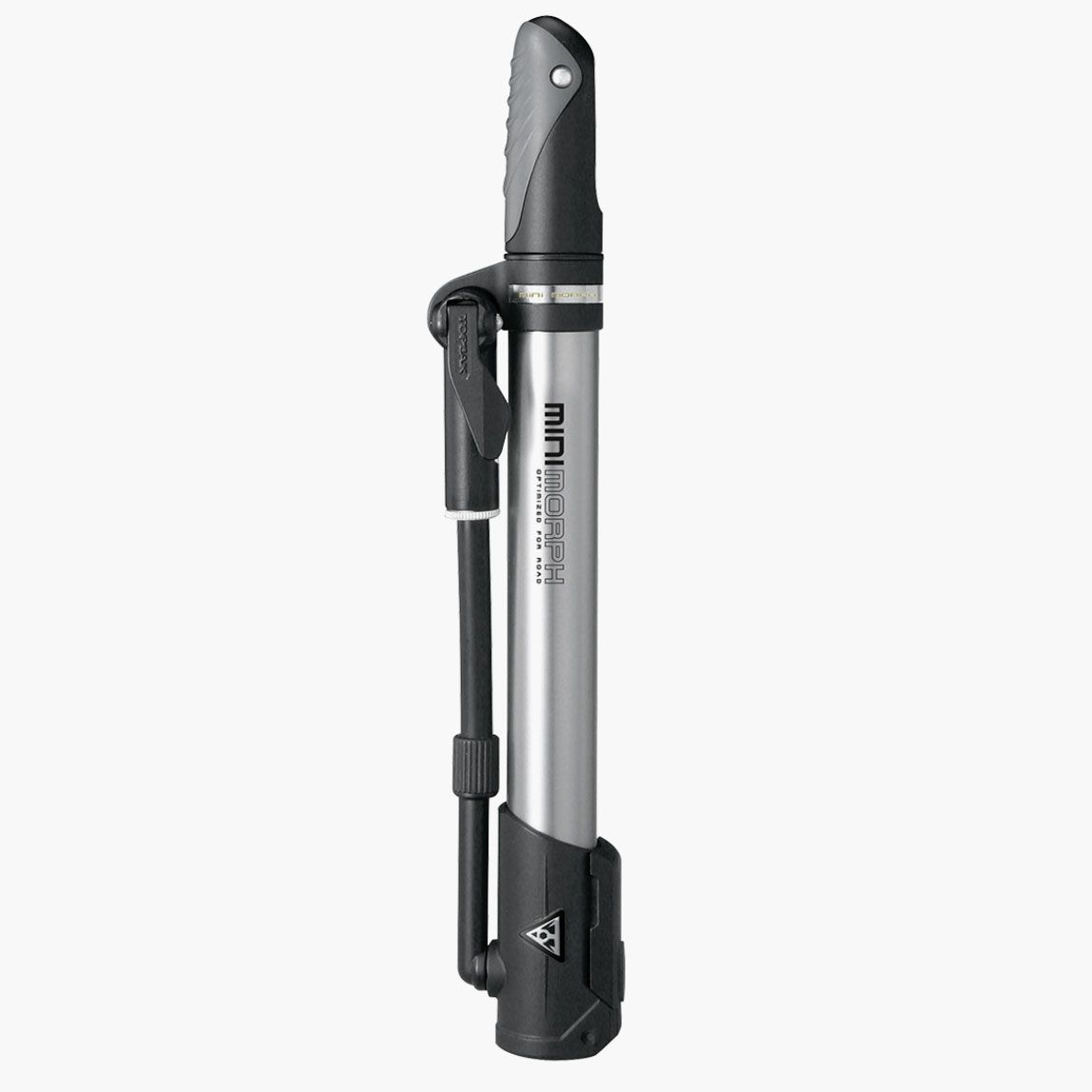
Mini Morph Pump
Moore’s favorite is the Topeak Mini Morph because it has a foldout foot pad that gives you the ability to use it more like you would a traditional bicycle pump.
$39.95 at REI

Tattico Mini Pump
For a more typical hand pump, Gibbons recommends the highly rated Silca Tattico mini-pump.
$70 at SILCA
Sunglasses
“Sunglasses are really important, particularly with glare,” says Gibbons. She especially recommends polarized sunglasses to help protect from the glare you might get when riding by the water, but emphasizes that you don’t need to buy cycling-specific sunglasses. “You don’t need a lot of stuff that’s particular to cycling when you’re starting out,” she says.
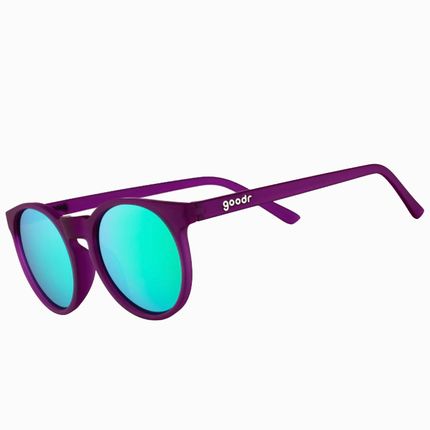
Thanks, They’re Vintage Polarized Sunglasses
Sunscreen
“We tend to forget about our skin,” says Azzolino. “We’re exposed to the elements, especially as the weather gets warmer and the sun gets stronger. So definitely think about sunblock and lip protection.” Gibbons agrees that sun protection is super-important and is a fan of Supergoop’s Play sunscreen. “A lot of riders will also buy small sunscreen sticks to put in a pocket or handlebar bag,” she says.
For city rides
A pannier bag
When you’re riding around the city all day, having good storage in place is important. As a commuter, Moore is a particular fan of pannier style bags. “You don’t want to have a sweaty backpack on your back sometimes when you’re getting places,” she says. “So if your bike can take a rack, it will hang off of your rear rack.”
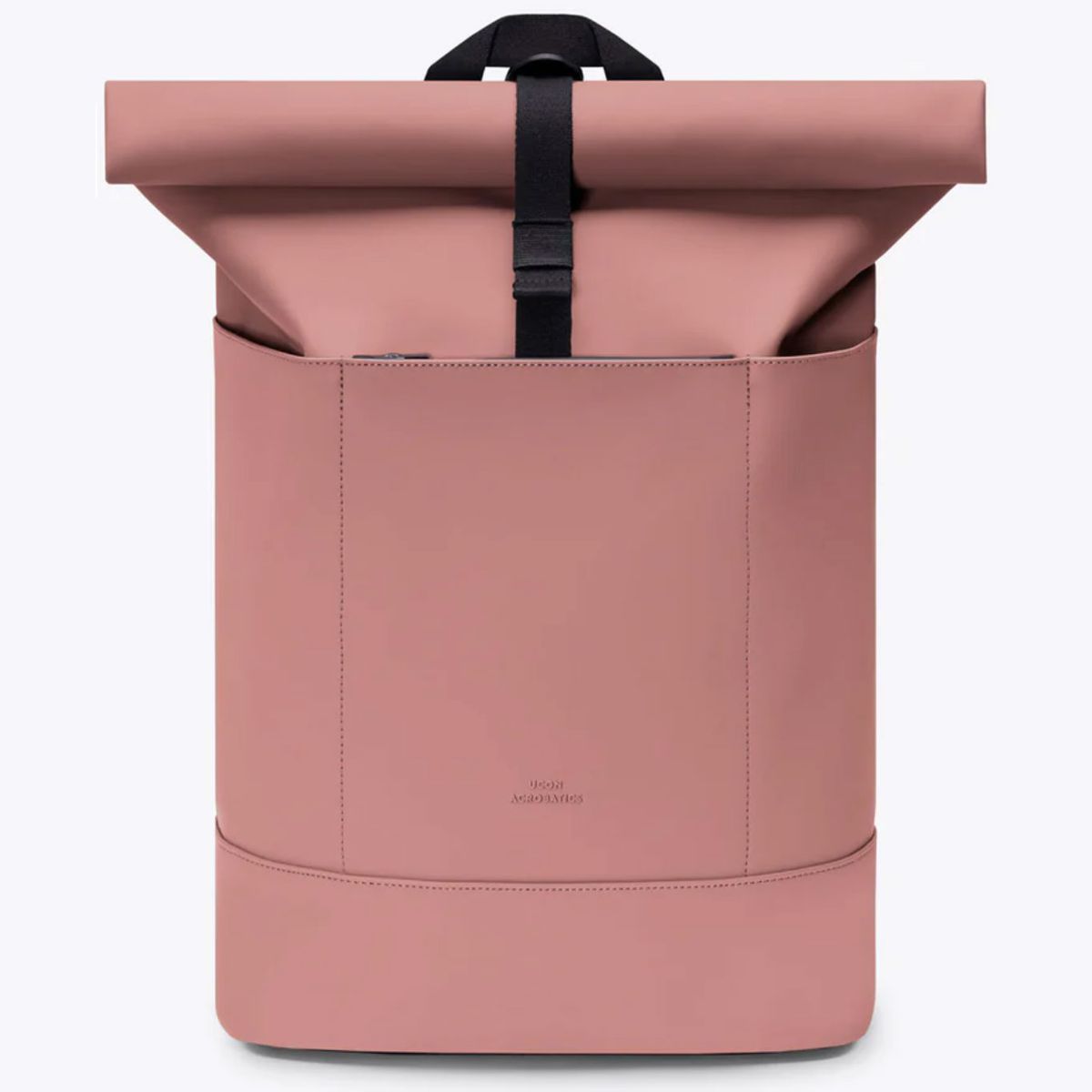
Ucon Acrobatics Hajo Pannier
Panniers like this one are (mostly) waterproof, and because of the rolling closure, they keep the items inside secure and dry. Once you’ve reached your destination, you can easily remove the pannier and it becomes a backpack.
Handlebar bag
Another popular form of storage — and one that doesn’t require the installation of a rack — is the handlebar bag, which is usually big enough for a small repair kit and a few personal items. At Bike Plant, Moore sells the popular Road Runner Burrito Bag, and Gibbons likes Outershell’s bar bags. Moore also recommends the German brand Ortlieb, which sells bar bags as well as bags that can attach to other parts of your bike, like the top tube or the seat.
A rack
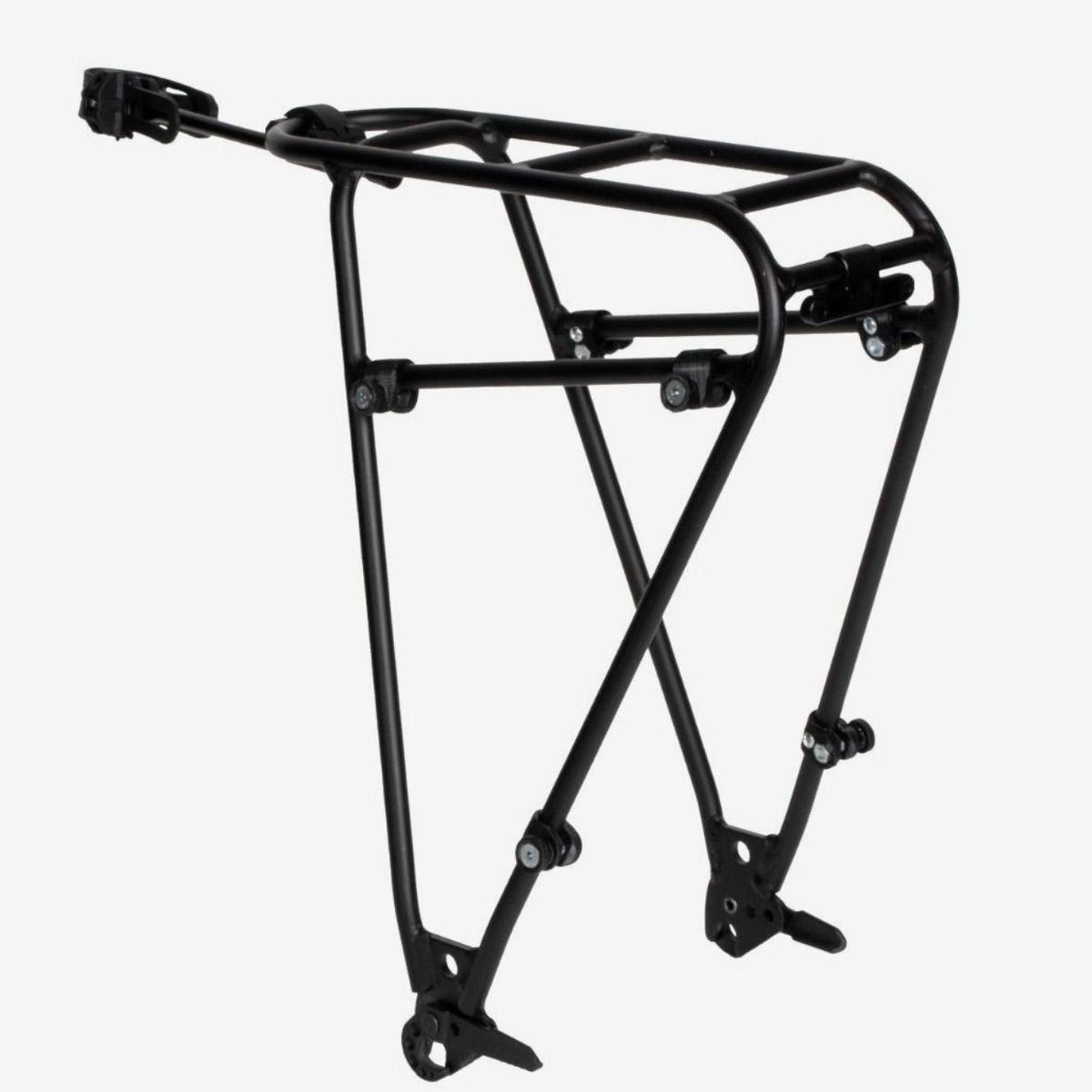
Quick-Rack
Installing a rack opens up some extra storage options — a pannier, for one, but you can also install a back basket in which you can place a regular backpack, or grocery bags, or beach gear (as you’ll see on bikes across the city, many bikers will DIY this by using a crate attached with bungee cords). As an added bonus, if your back wheel doesn’t have a rain guard, storage on your back rack can block the rain that would otherwise splash up onto your back.
$110 at Ortlieb
Rain gear
Biking everywhere all summer will occasionally mean biking in the rain. “Everybody that I know who’s been cycling, we could almost have a second job as a weather person on the news, because you have to know what kind of day you’re going to be riding into.”
In addition to water-resistant pants, Moore highly recommends the brand Cleverhood, which creates functional and extremely bike-friendly, PFAS-free rain gear including capes, anoraks, and hats. All of the gear is reflective to ensure visibility and designed specifically for biking. And if you have a leather bike seat, you might want to grab a waterproof seat cover to help protect it.
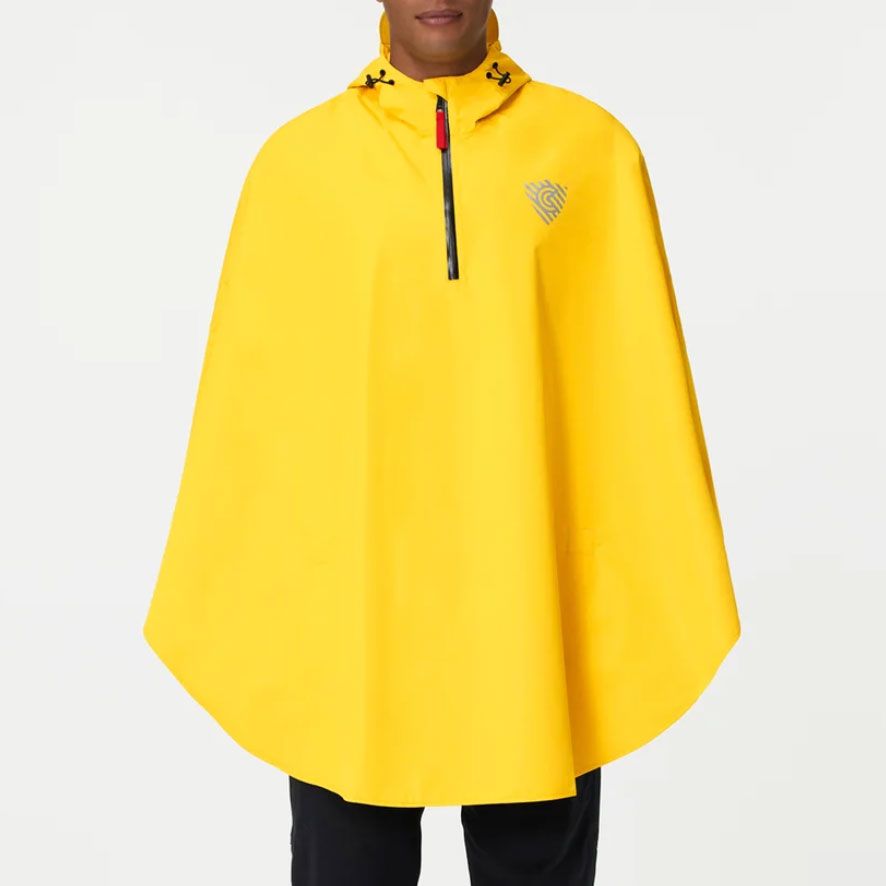
Rover Rain Cape
The Rover rain cape and the thicker, sturdier Urbanaut cape have thumb loops and belt loops inside to keep them secure to your body while still allowing for airflow so you’re not trapping your sweat, and the hoods fit comfortably under a bike helmet. The Rover also folds up into a super-compact size and comes with a storage envelope that can always be tossed in your bag in case of a surprise summer storm.
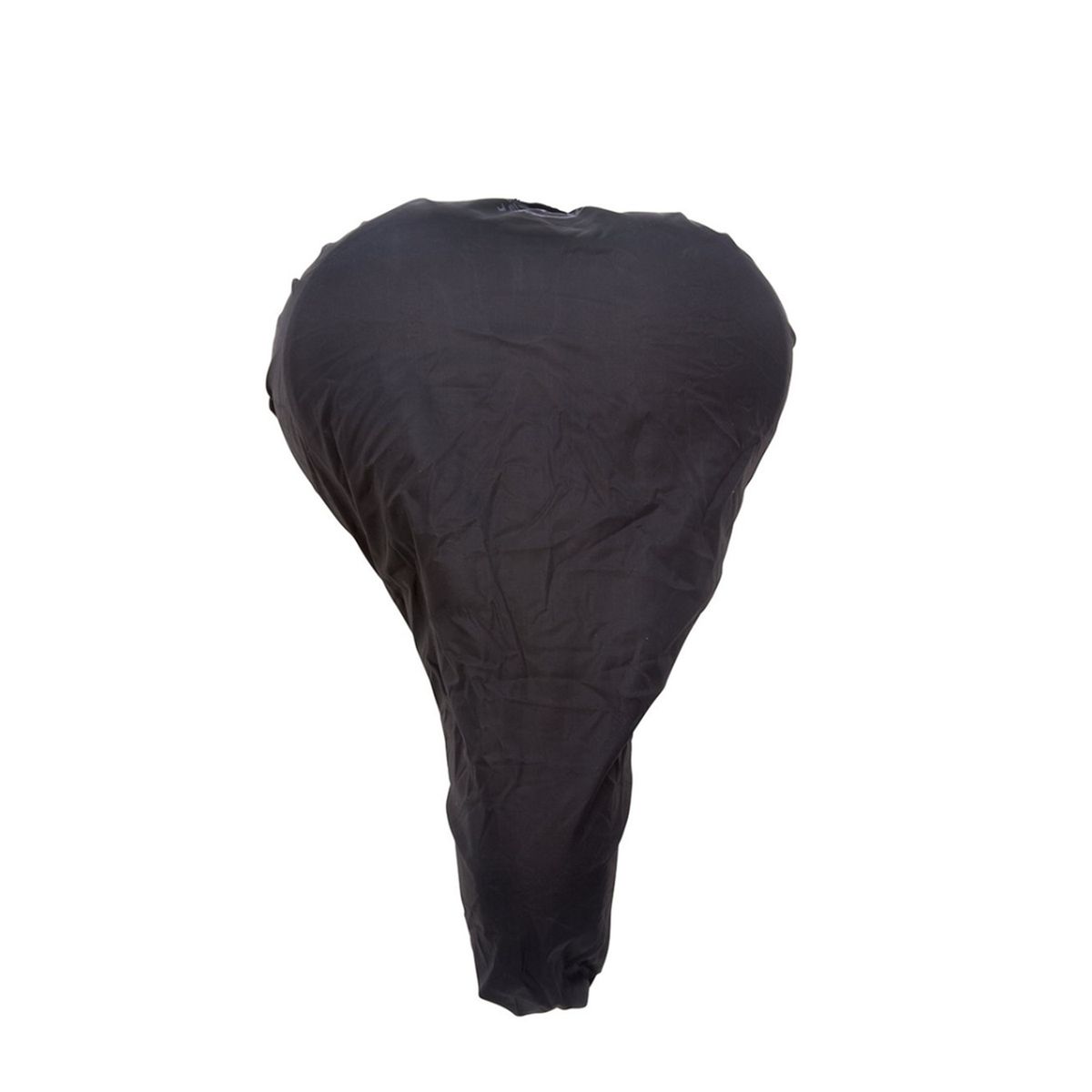
Waterproof Bike Seat Cover
And if you have a leather bike seat, you might want to grab a waterproof seat cover to help protect it.
‘Sweaty Girl’ supplies
Personally, my biggest concern about biking around all summer is that it also means I’ll be sweating all summer. But I don’t want my sweat to stop me! So instead of fighting it, I’m leaning into it. If I’m going to need to look somewhat presentable when I get to where I’m going, I’ve started building an extra 15-to-20 minutes into my commute time so that once I’ve arrived at my destination, I can find the nearest single-occupancy bathroom and quickly freshen up with the supplies below.
Compact clothing
I already know I’ll sweat through my top, so I choose ones that are light and compact, allowing me to bring a different shirt and change if I need to.
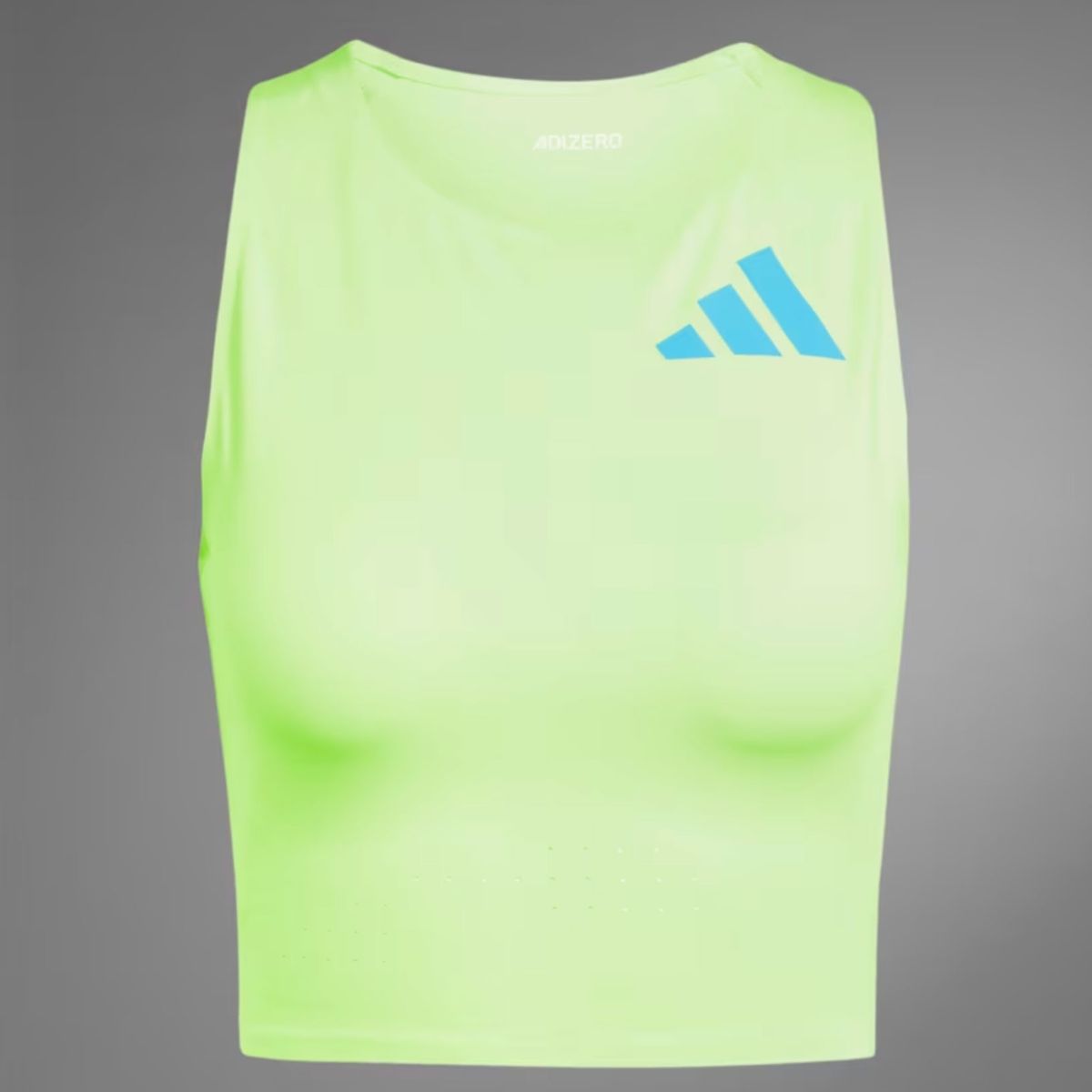
Adizero Road to Records Crop Top
Gibbons recommends something quick-drying, like this Adidas crop top.
$70 at Adidas
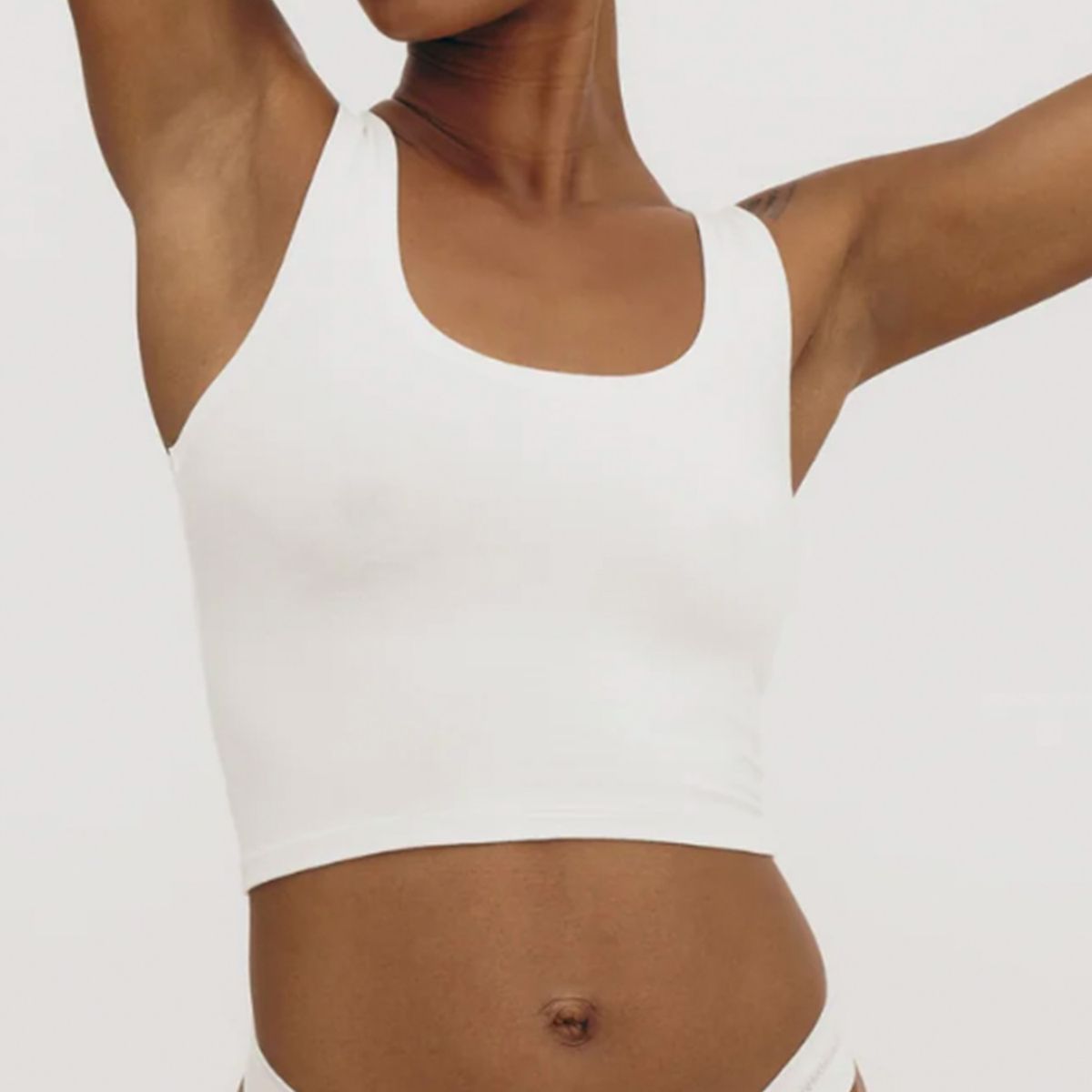
Flex Tank Top
Azzolino says natural fibers, like cotton, in light colors are best for biking. I often go with a cotton tank like this one, and I’m a fan of this MATE the Label cotton sports bra.
$18 at Organic Basics
For bottoms, Azzolino says skirts are great for airflow, and says she also tends to carry spare undergarments in case of sweaty rides.
No rinse products
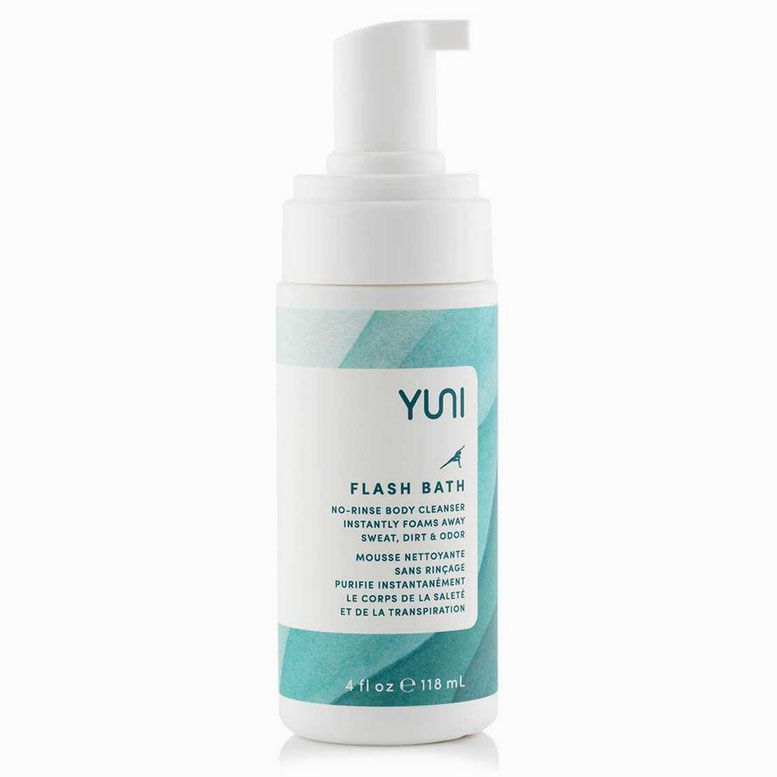
FLASH BATH No Rinse Body Cleansing Foam
I’ve been using this for about a year now, and it’s a lifesaver in situations where I feel sweaty and gross but don’t have a shower I can hop into. It leaves me feeling clean and refreshed and only takes a minute or two to dry.
Deodorant
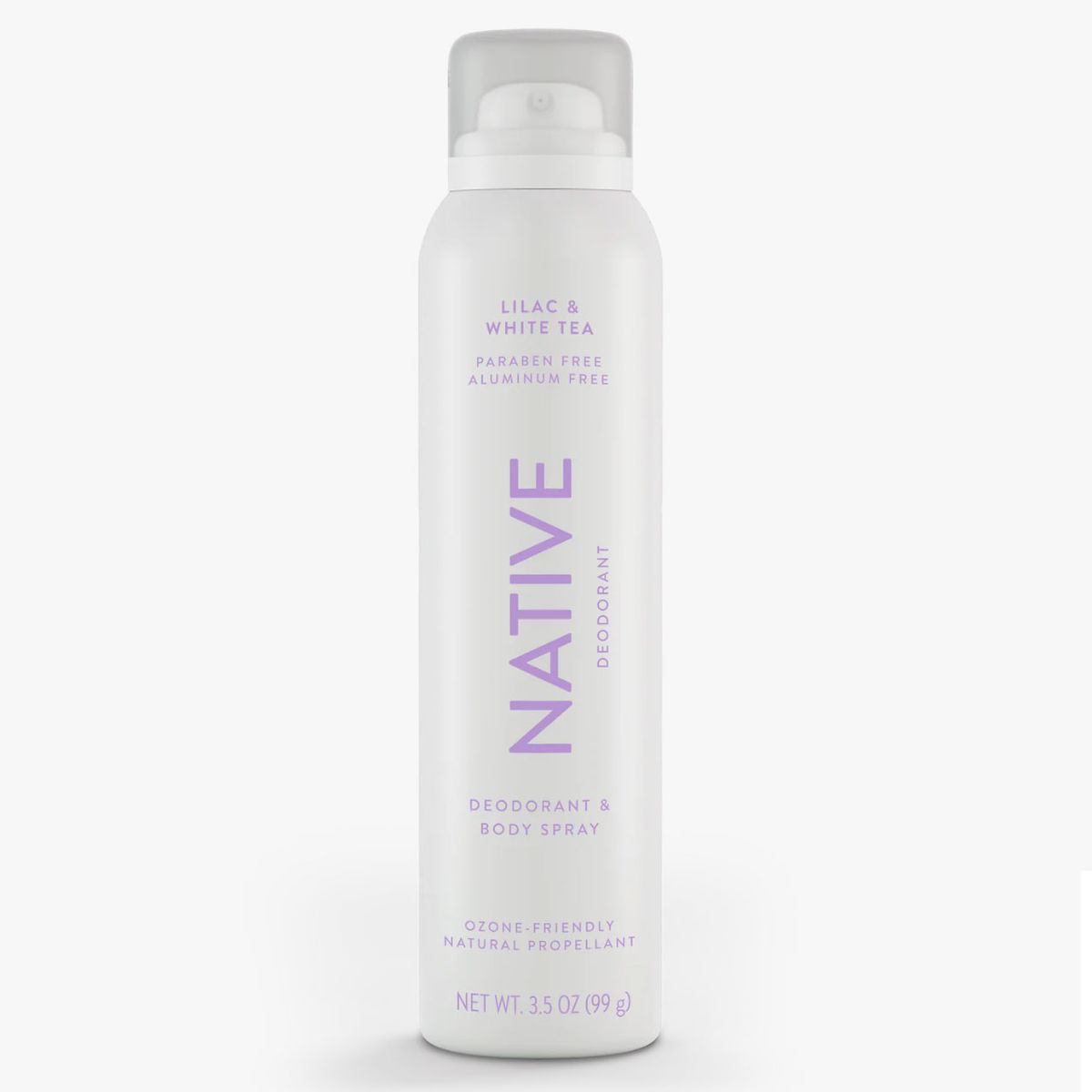
Deodorant & Body Spray
Azzolino recommends keeping body spray on hand, and I can confirm that spray deodorant has changed my life. It doesn’t show up on any clothing, it’s easy to apply, and it will never melt or end up all over my hands. Out of all the ones I’ve tried, Native is my favorite and offers great scents. It’s always my last step after drying off and changing.
$14 at Native
For longer rides
If you’re spending an hour or more on your bike, you might have different needs to make it a pleasant experience. Here’s what might come in handy when you’re closing in on mile 15.
A portable speaker
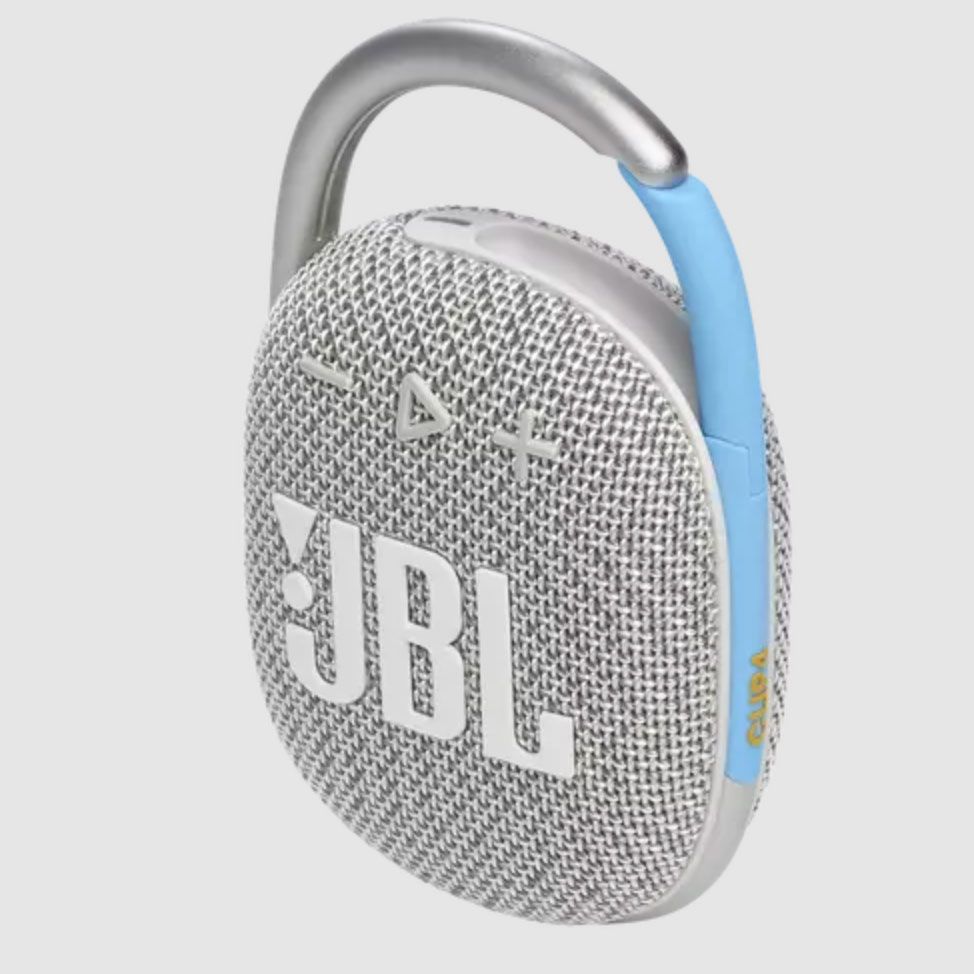
JBL Clip 4 Eco
Music can help keep you moving on a longer ride. Personally, I tend to use my phone for mapping instructions on most of my bike rides for safety reasons. I prefer to listen to the instructions rather than constantly look down at my phone screen. But Azzolino warns heavily against using any kind of in-ear or over-ear headphones while biking, which leaves Bluetooth speakers as your best option for both mapping and music. JBL makes a variety of mini-speakers that can clip onto your handlebars, your bags, or your clothing. I’m partial to the Clip 4 Eco, but the regular Clip 4 has more colorways and the option to customize.
$79.95 at JBL
Padded shorts
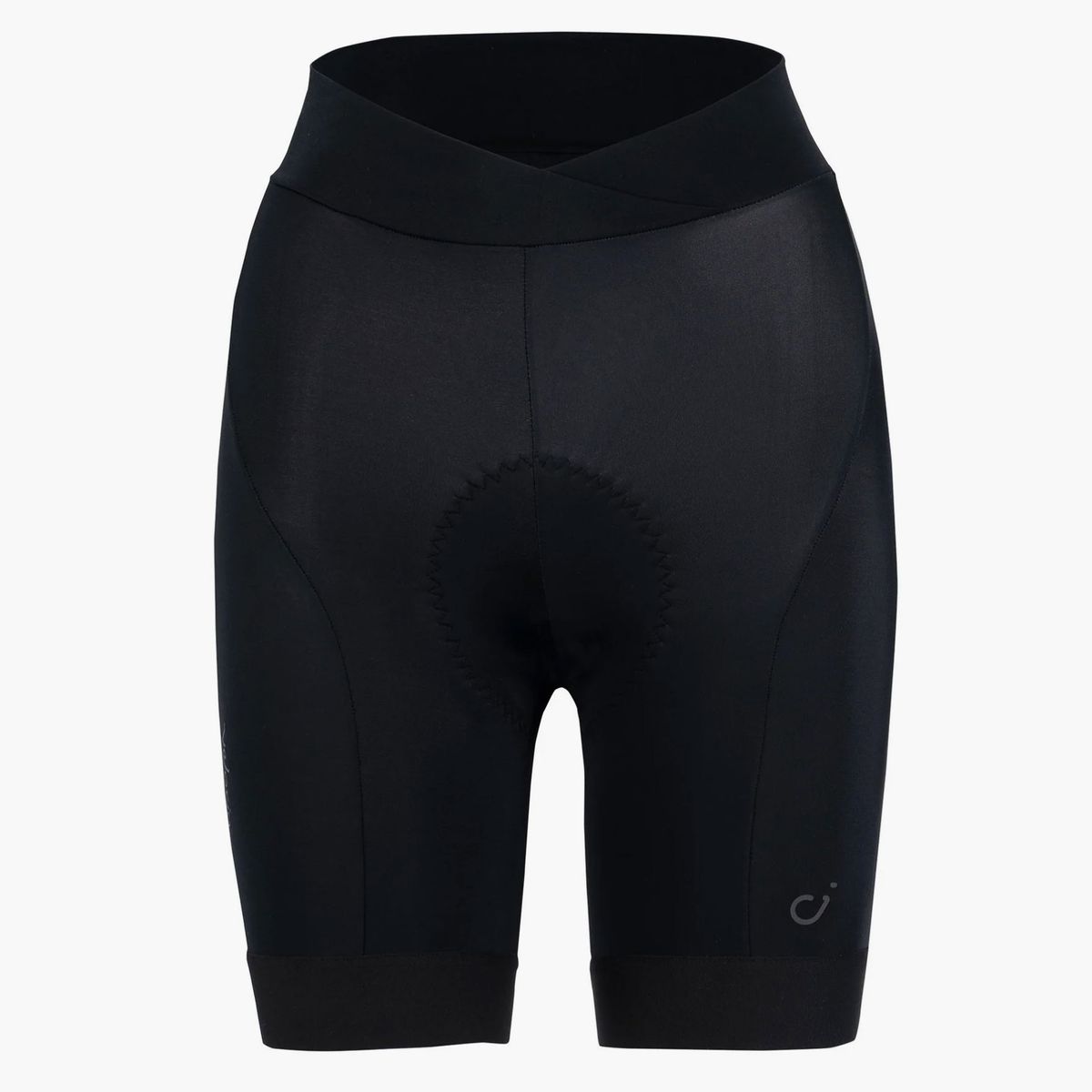
Women’s Signature Short
On longer rides, friction in the groin area can start to become really uncomfortable. “I do recommend some kind of padded short,” says Gibbons. “It will make the ride so much more comfortable.” She’s particular to Velocio shorts and has both the regular riding shorts and the bib shorts, which have pinafore-esque straps attached. “Then just put a T-shirt over the top of your bib shorts, and I usually like to wear a cropped T-shirt.”
Bandana
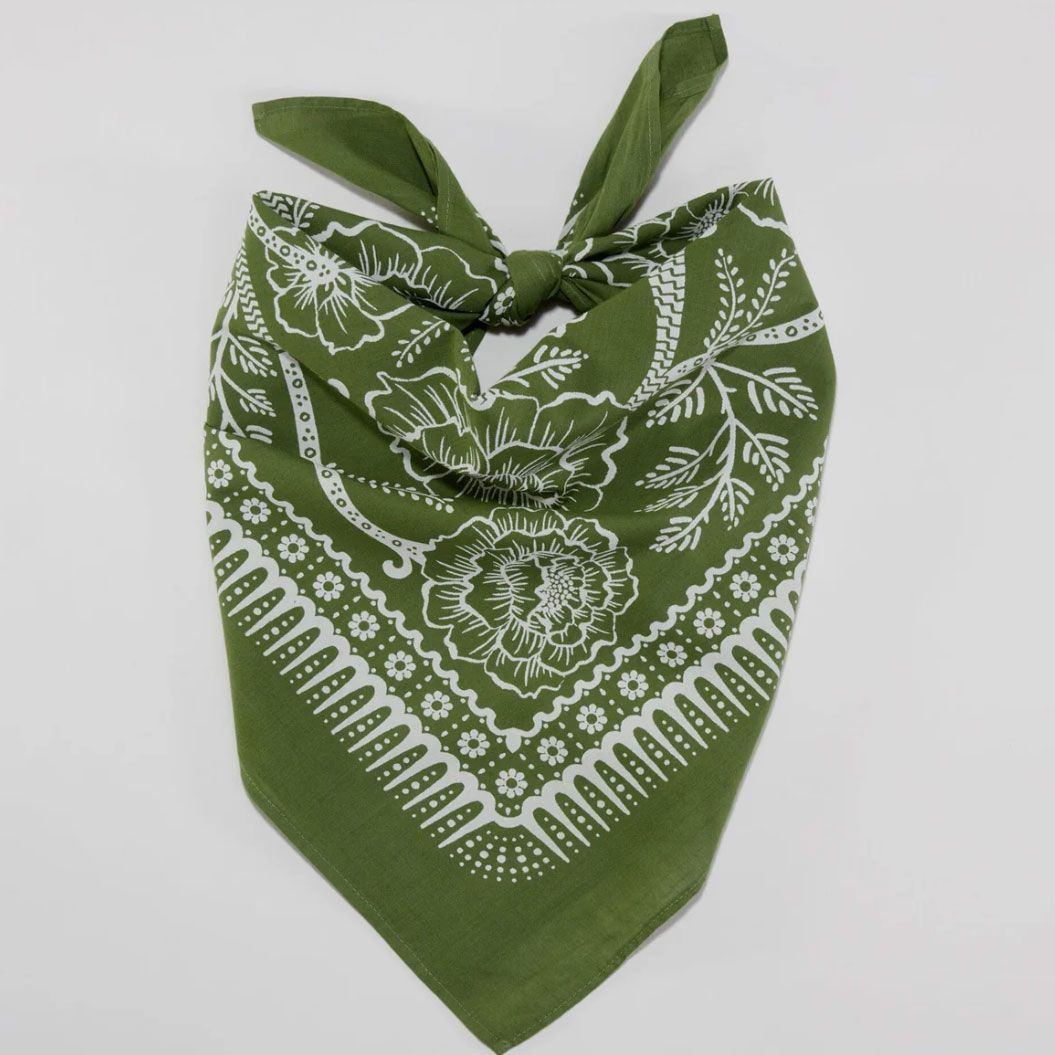
Ramble Bandana
Gibbons is also partial to a bandana, both as a cute accessory and a useful tool. If you’re riding in a dusty environment, you can pull it up over your nose and mouth to prevent debris from flying in, and around your neck, it can help catch sweat. But bandanas have even more potential utilities: “It can also be used to clean your hands if you have to fix a mechanical issue, or wipe yourself down mid-ride, and can be used to apply pressure to bleeding in the event of an accident,” says Gibbons.
$35 at Made Trade
A first aid kit
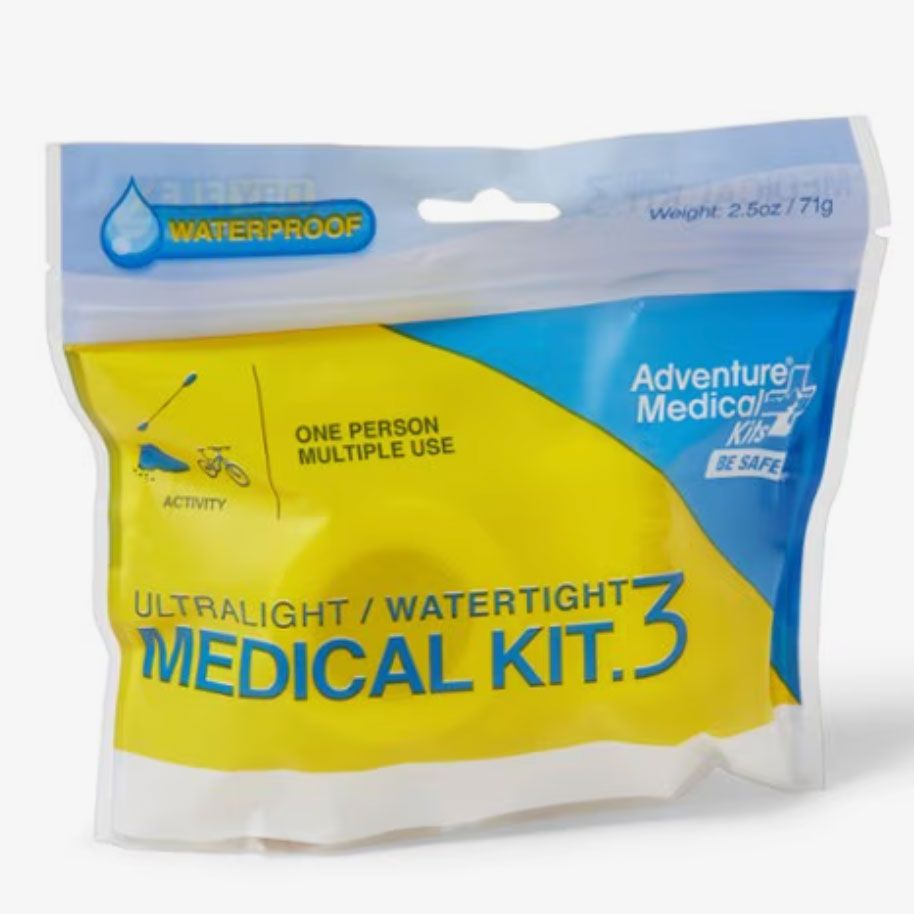
Adventure Medical Kits Ultralight/Watertight .3 Medical Kit
Speaking of accidents … if you’re on a longer ride, chances are you’re going to bike through emptier areas with less people around, and if you have an accident, you might be stuck far away from any medical supplies. It’s always good to have a first-aid kit, but it’s especially important when it might be your only option. Gibbons recommends this one from REI.
$10.95 at REI
For keeping at-home
Maintenance kit
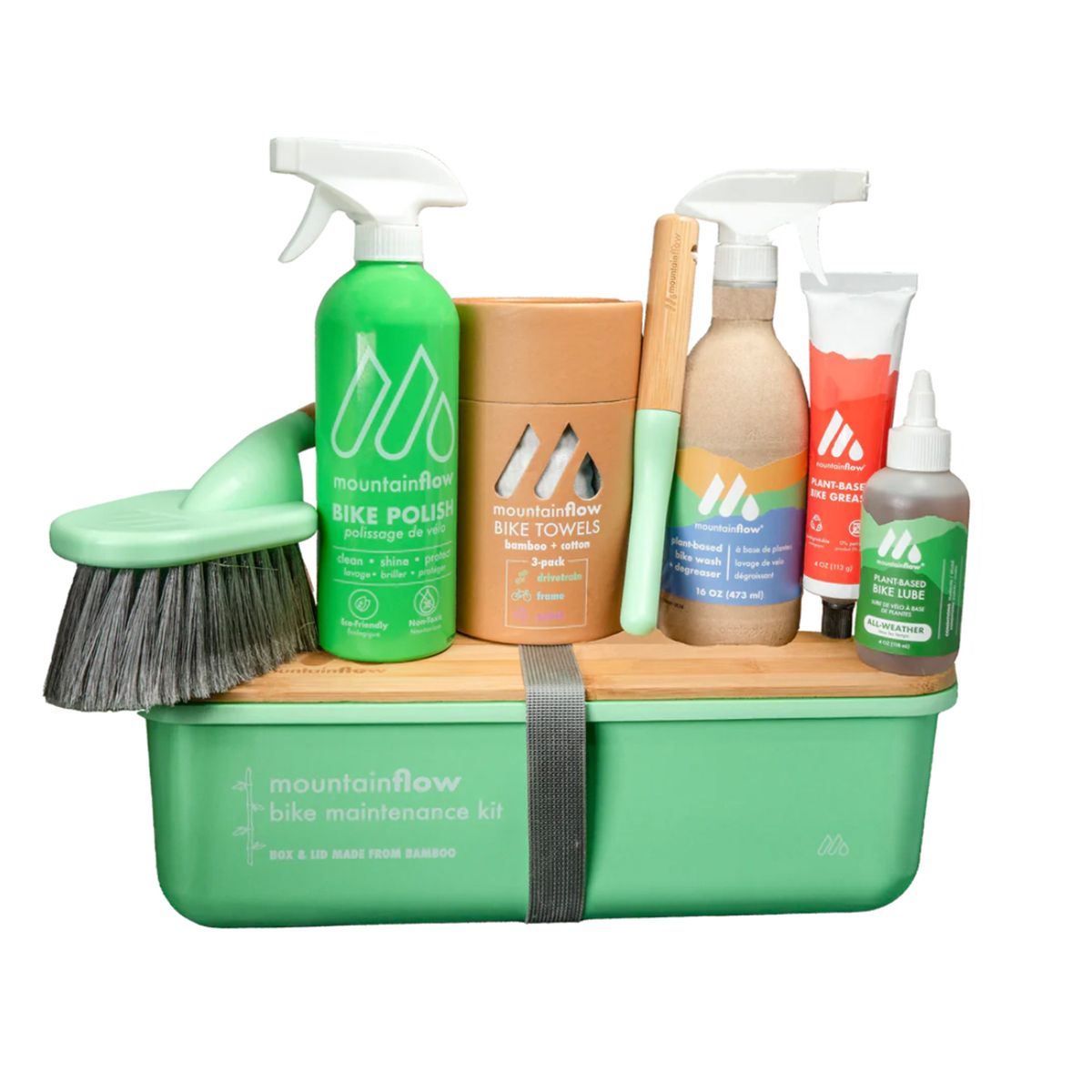
Bike Maintenance Kit
Once you’ve learned a bit about how to take care of your bike, there’s a lot of maintenance you can do yourself, and investing in a maintenance kit like the one above can save you from the cost of unnecessary trips to the bike shop (although it’s always a good idea to get a yearly tune-up). But if starting off with the whole kit and caboodle feels overwhelming, you should at least have a solid lubricant on hand.
Lubricant
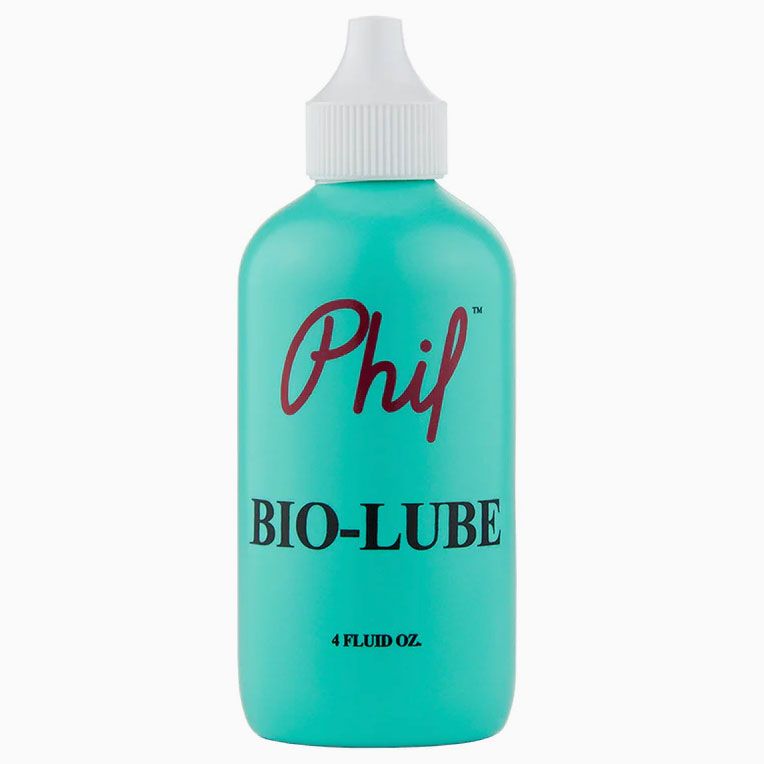
Bio-Lube
Lubricants are used to keep your bicycle’s chain running smoothly, and there are two basic types: dry lube, which is best for use drier climates where there isn’t much rain, and wet lube, which is for more humid, rainier climates. In NYC, for example, you’d use wet lube, while in Arizona you might use dry lube. The important thing to remember, says Moore, is that they should never mix the two, as they don’t work well together. According to Moore, you should lubricate your bike’s chain at least once a month — and probably more, depending on how much you ride it. Most lubricants are petroleum based and not great for the environment, but the bio-lube above is completely biodegradable.
Bike pump

Prestige Mechanic’s Floor Pump
The standard guidance for pumping your tires is to do it every two weeks, and depending on how often you ride, you may need to pump more than that — Moore recommends once a week. Gibbons’s rule of thumb is every two rides. “One thing that we do tell our riders a lot, which they’re probably sick of hearing, is before you go riding, you should always check the air in your tires and then pump them up,” she says. “Because the rubber is porous, it’s losing air constantly. If you’re riding every day, you would want to be pumping your tires every second day.” Personally, I went three years of bike ownership without know this and until recently, would trek to the bike shop to pump my tires every few months. Which might help explain why I was often so slow! Having a pump at home has made my life easier and my rides smoother.
For further education
The best bike-girl summer is one that turns into a bike-girl autumn, spring, and even winter — and learning more about your bike and how to take care of it, as well as connecting with your local biking community, is likely to take you there. Going on local group rides is a great way to plug into the biking community in your area, and if you don’t know of any, start by walking into your local bike shop. “The bike shop is the church of the bike community, and I love that,” says Moore. “You just gotta find the bike shop that feels right. Trust your gut, especially if you’re a femme, nonbinary, queer, Black, or brown person — if you walk into a shop and it doesn’t feel good, don’t spend money there. But just go ride bikes. And that’s how you’ll find the community, too.”
Group Tide Guide
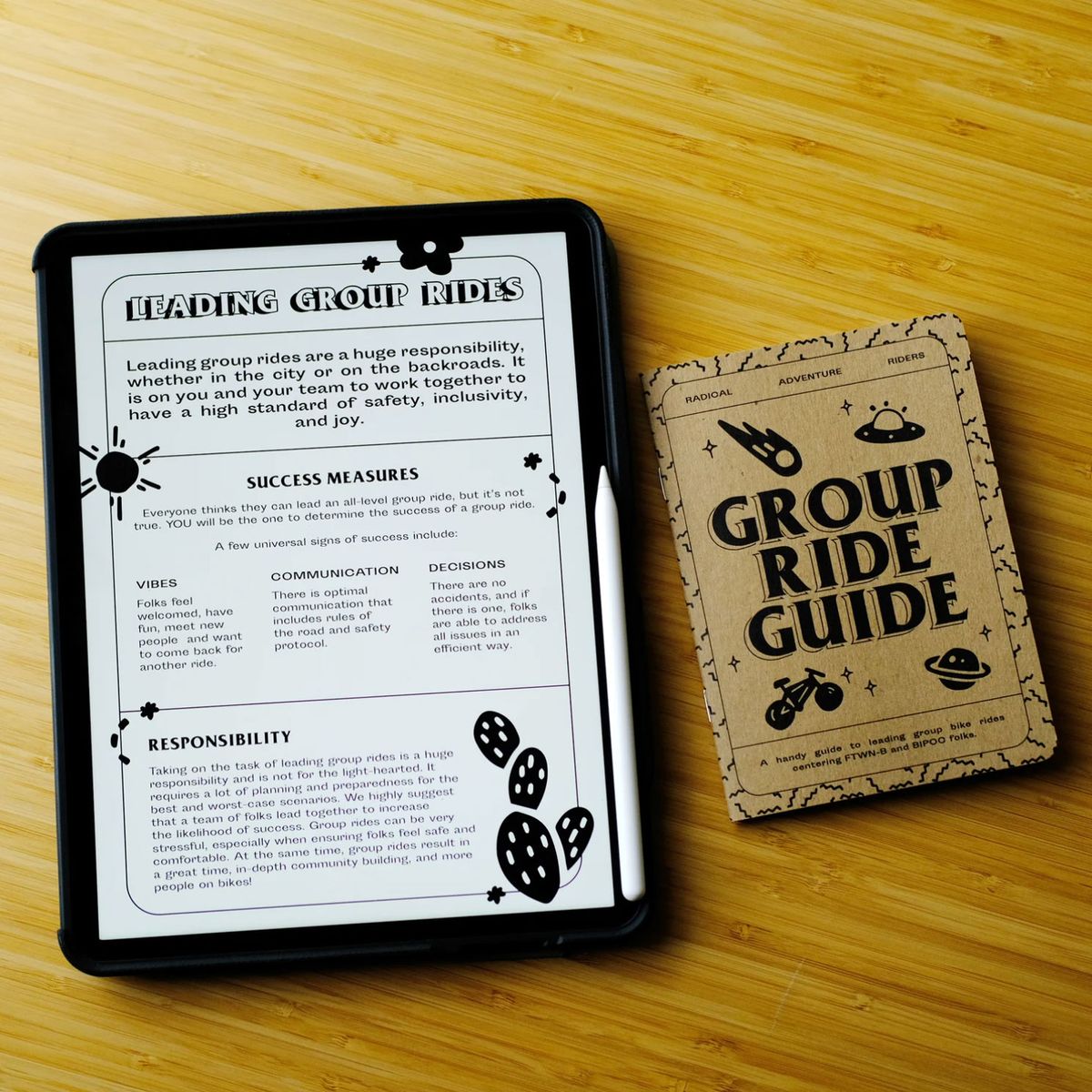
PDF Group Ride Guide
Gibbons recommends the Radical Adventure Riders, a nationwide biking collective, and their guide to group rides as a good place to start. “It’s a great resource for people who want to learn about what to expect before a group ride,” she says.
Local classes
Bike Plant, Get Women Cycling, and Girls Bike NYC all offer community education for bikers in the area (and Bike Plant offers sliding scale pricing), so if you’re in New York, look into their offerings. If not, you can start by looking into nationwide organizations like Radical Adventure Riders, All Bodies on Bikes, and Black Girls Do Bike. Many have local chapters or can help direct you to organizations in your area.
Online education
For online learning, Get Women Cycling offers some instructional videos on their Facebook page, and Moore recommends the YouTube account Park Tool. “They’ve been doing this long before YouTube was a popular place to put education material on, so they have a wealth of videos and information,” says Moore. “They make tools, so they also have a really good handle on how equipment works, how bikes work, and how to talk about those things.”
Our experts
Katja Vujić , 2024-04-20 00:08:22
Source link


